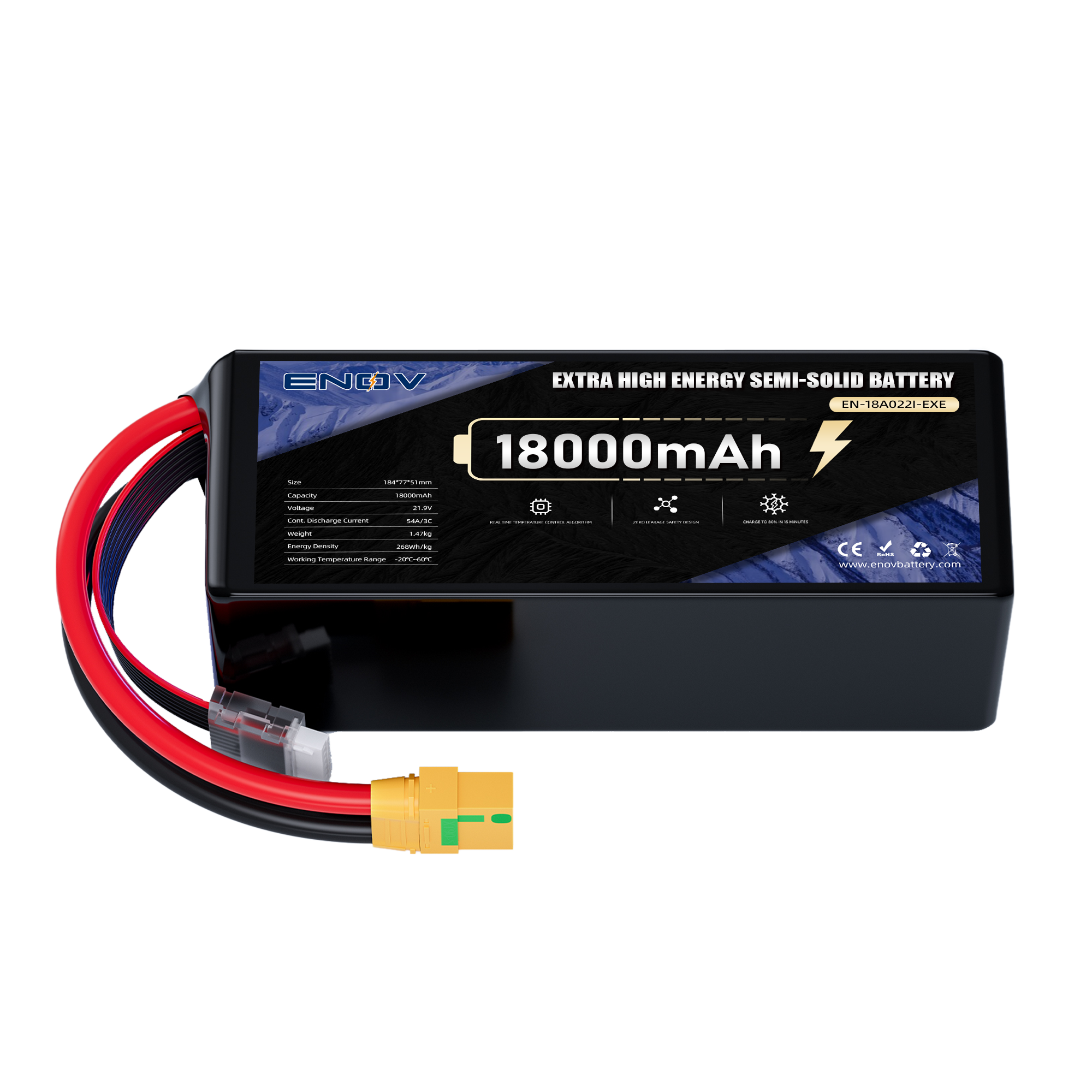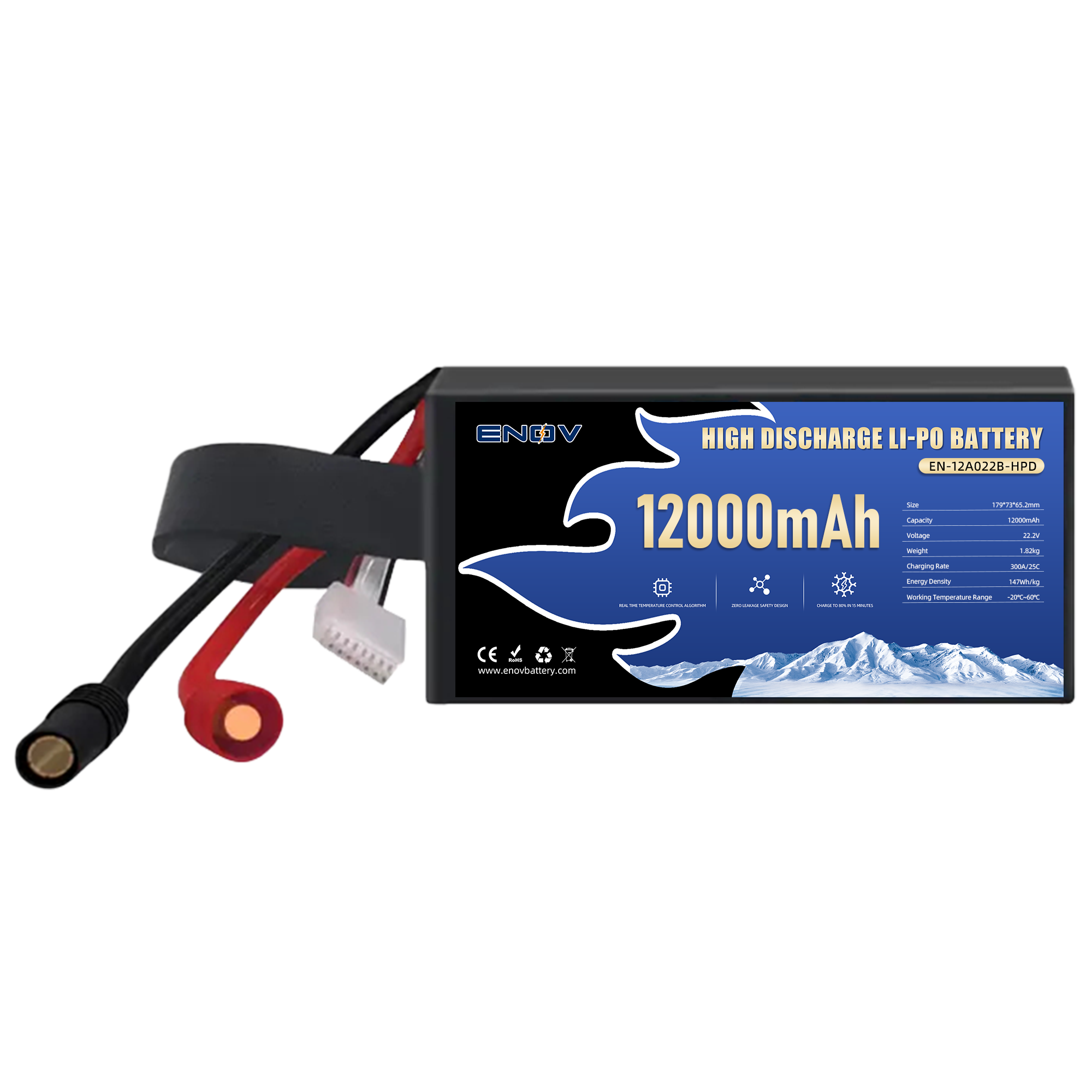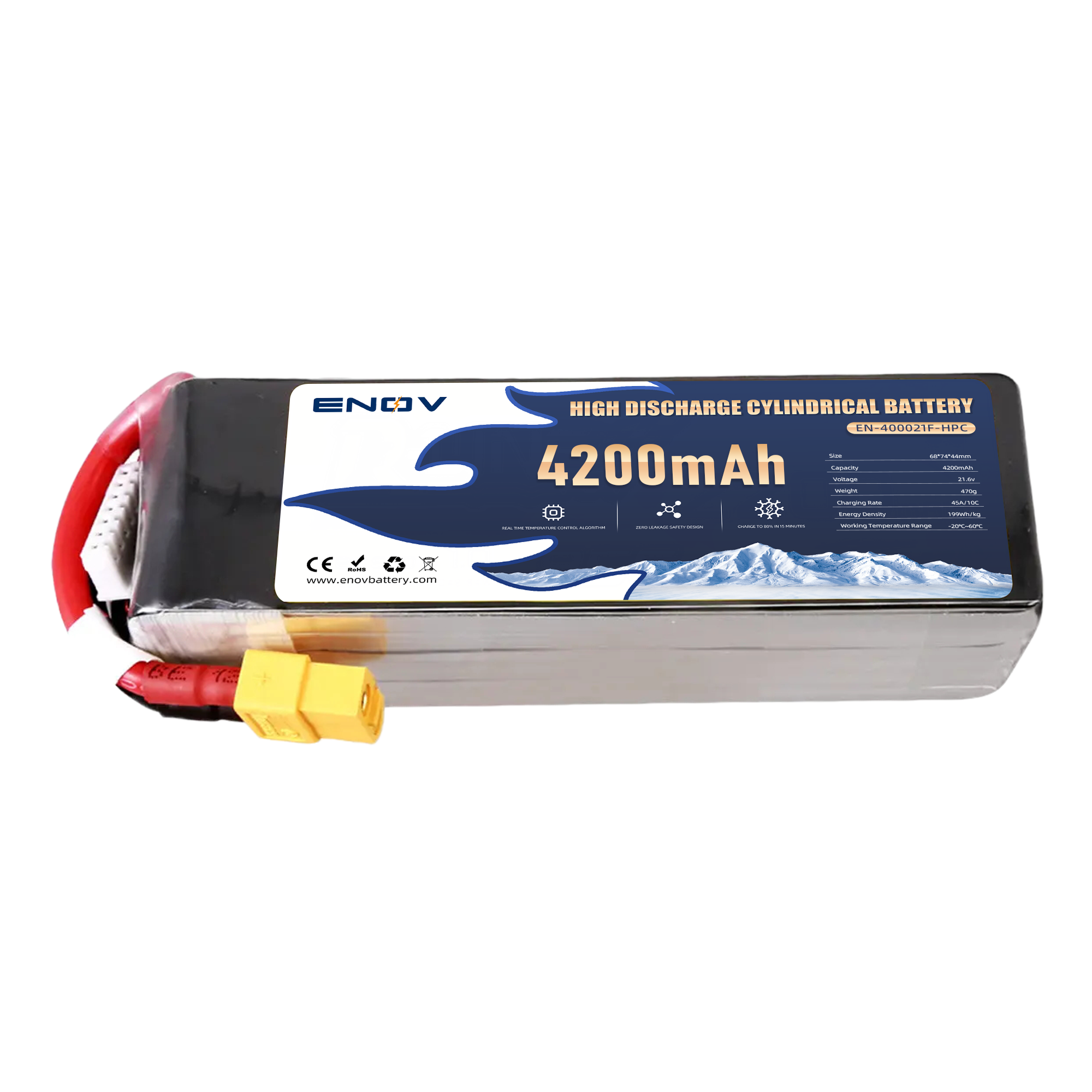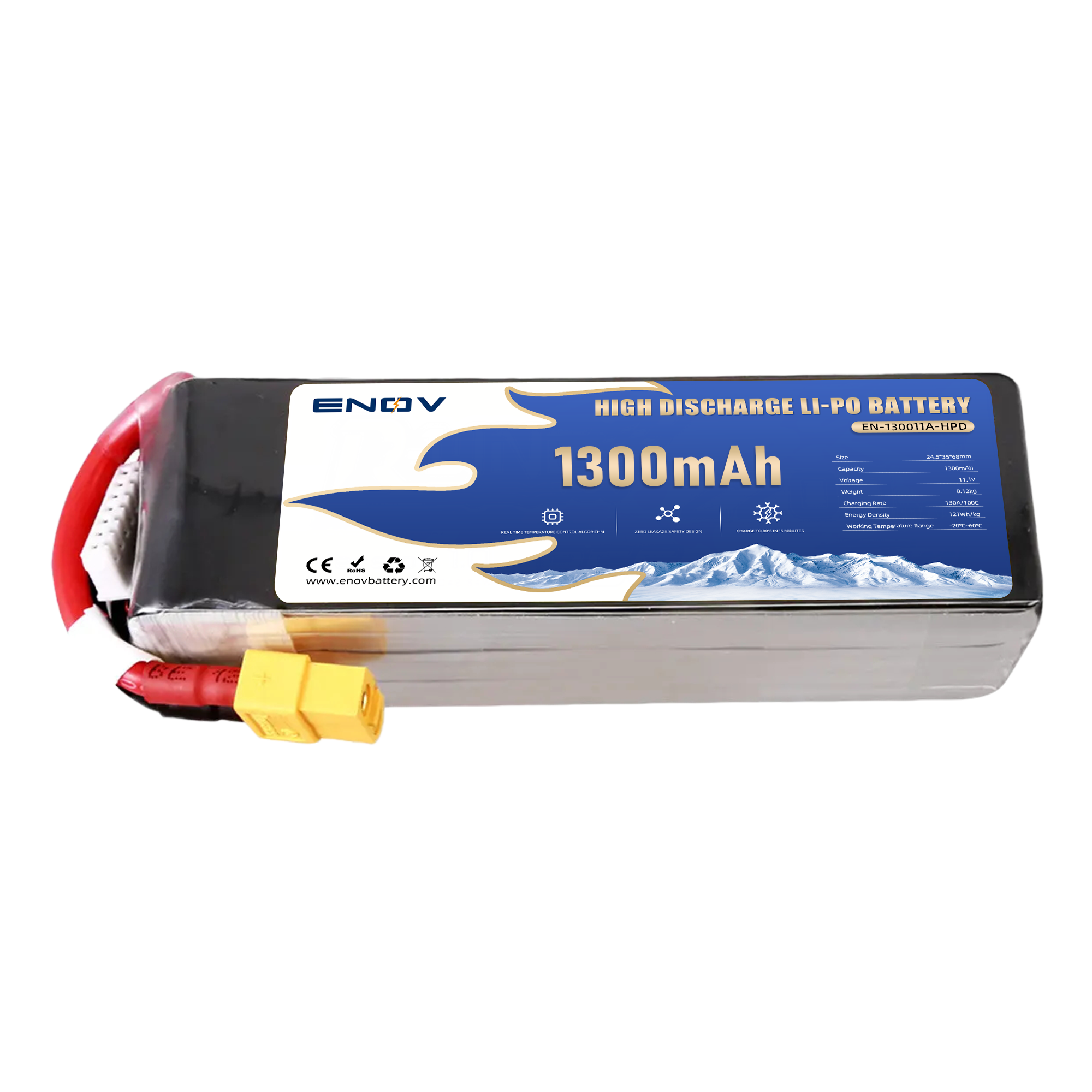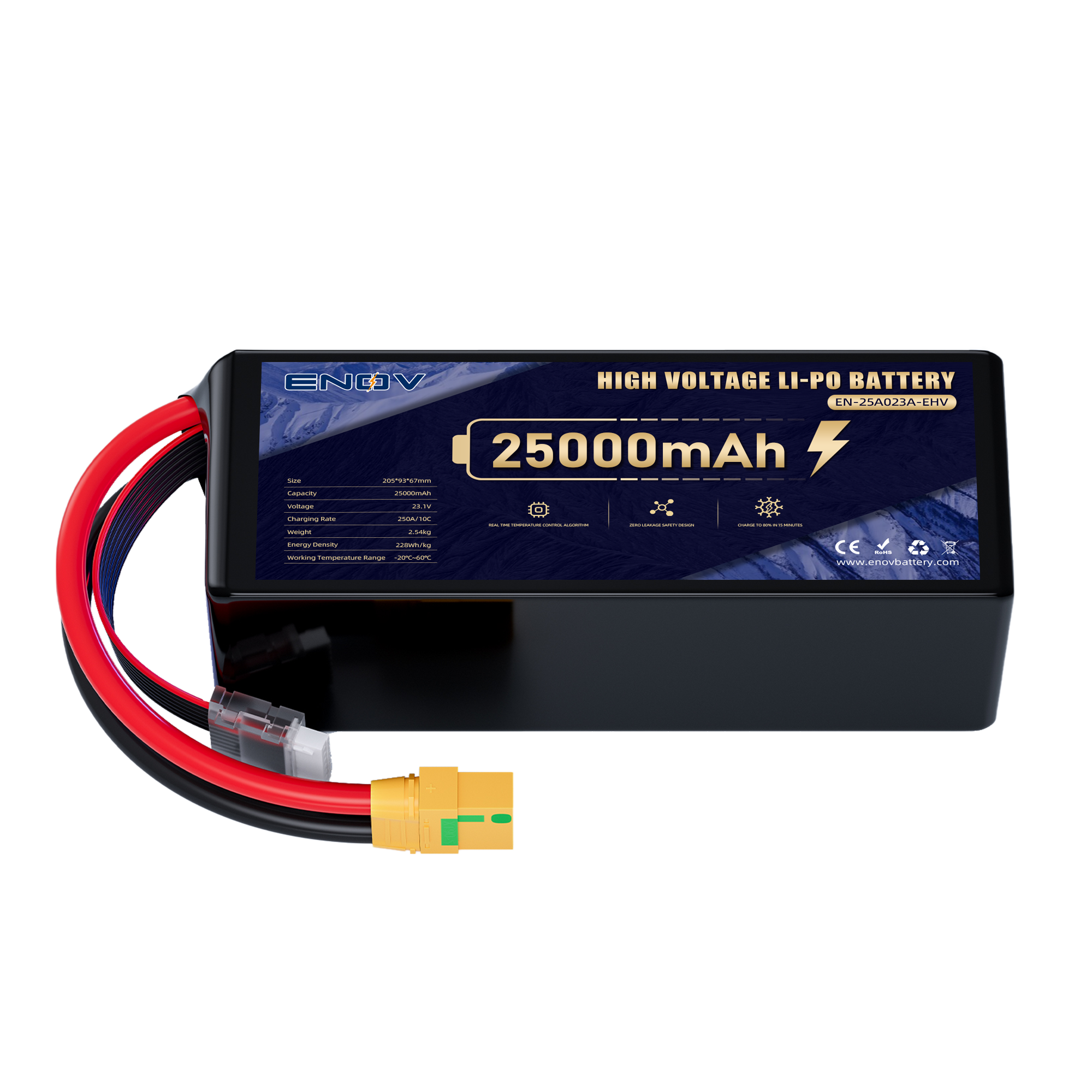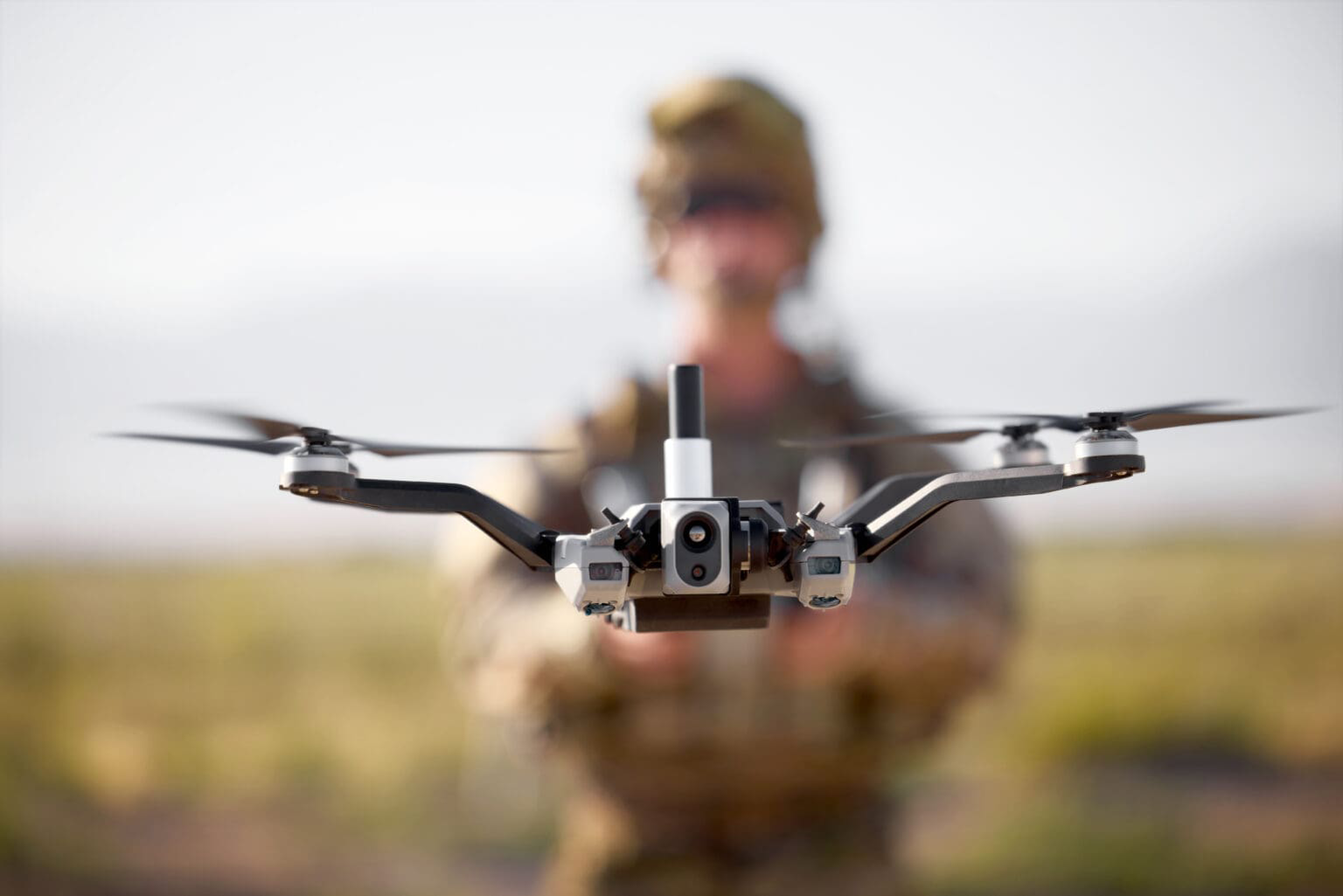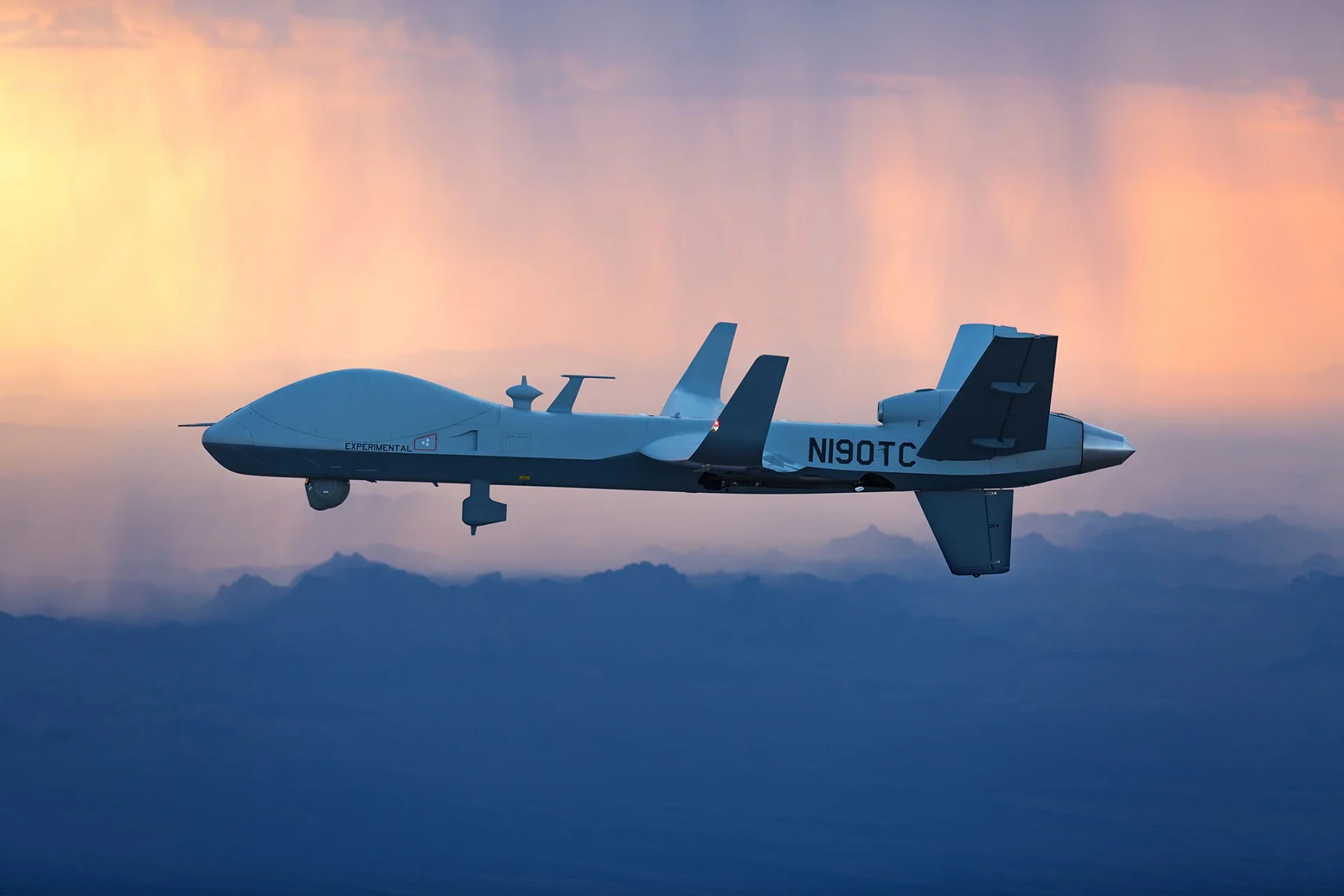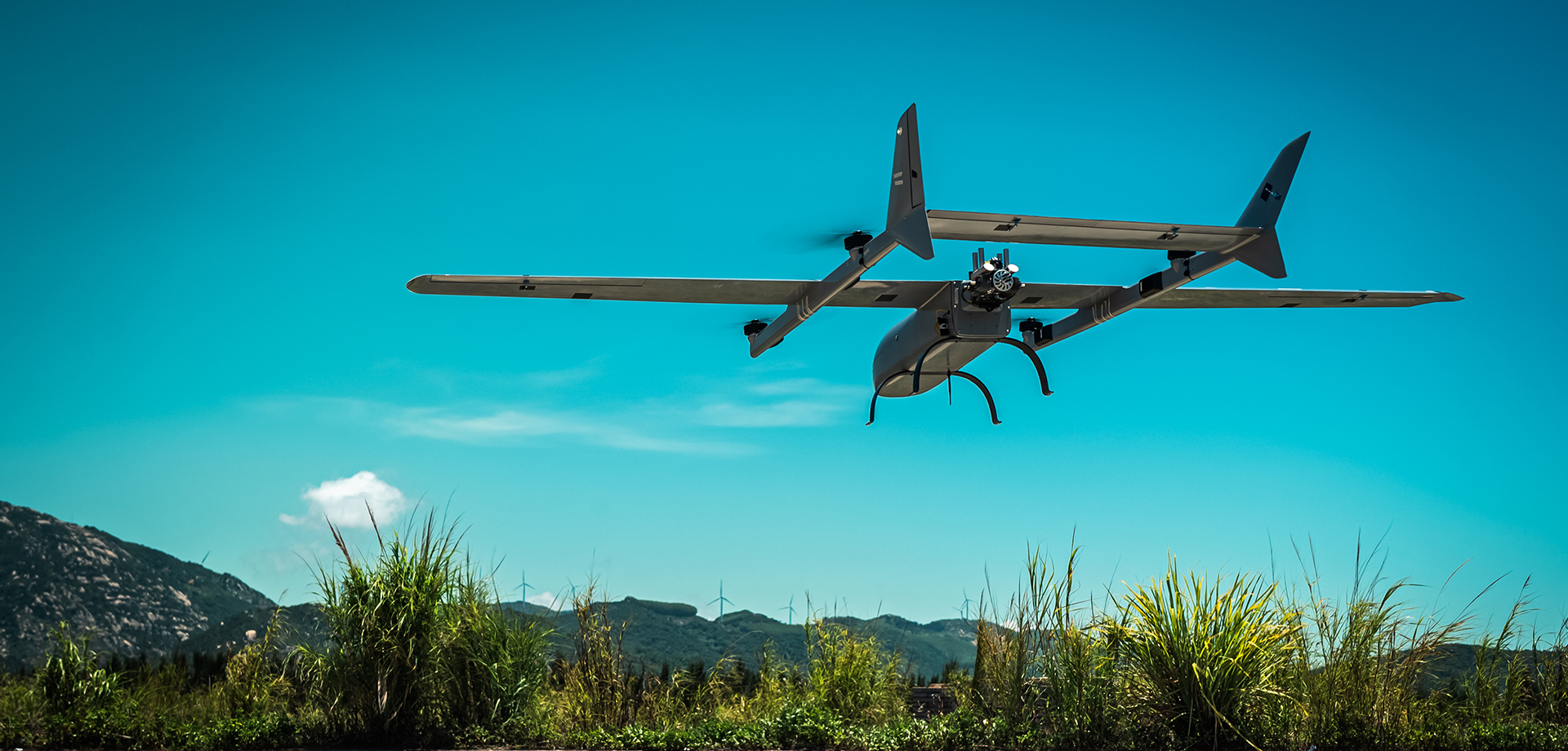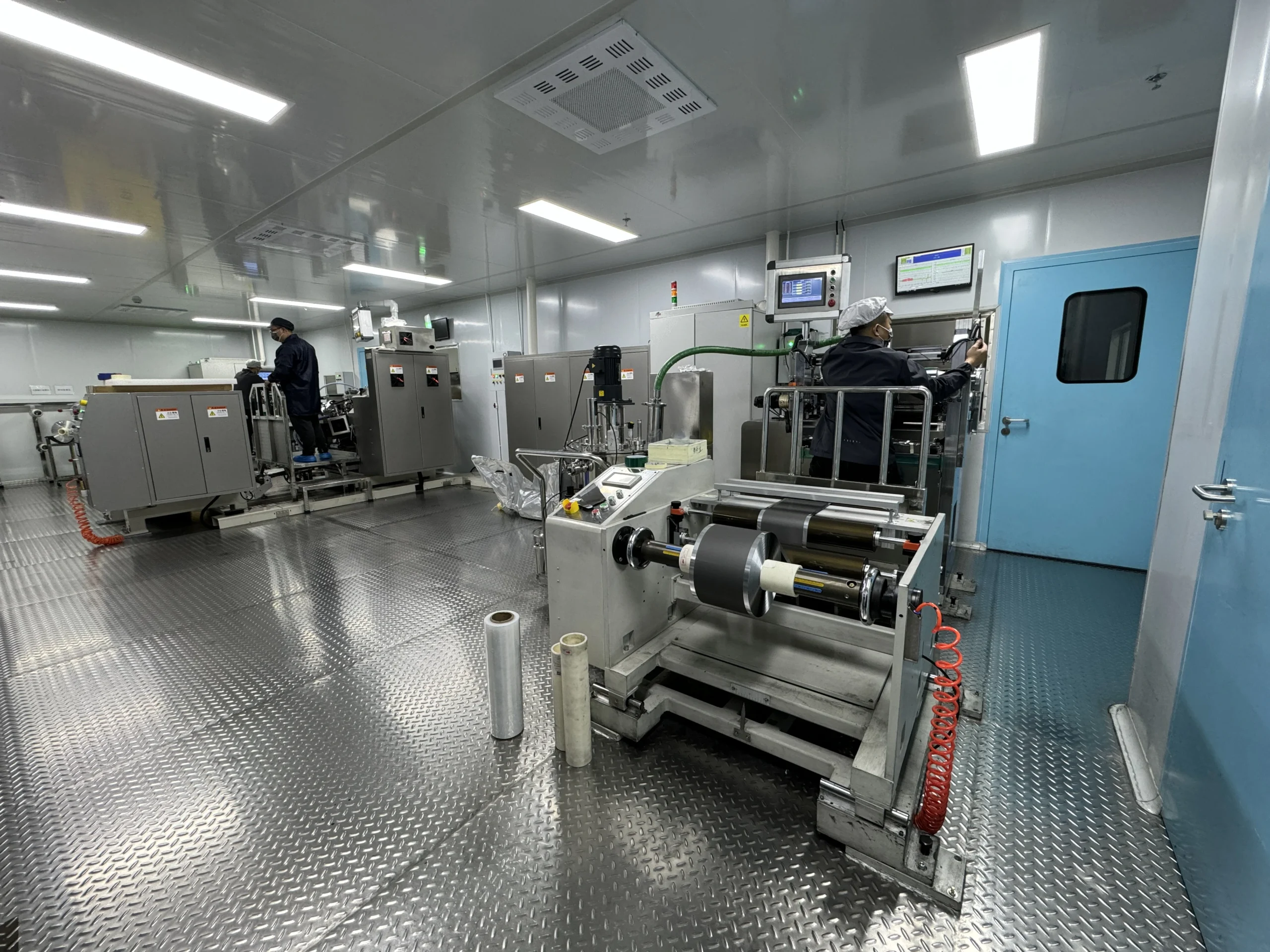Intelligent Drone Battery Management
As drones tackle missions from aerial surveys to emergency deliveries, intelligent battery management has become the cornerstone of safety and efficiency.
Advanced Battery Management Systems (BMS) now integrate AI, real-time monitoring, and adaptive protocols to prevent failures, extend lifespan, and optimize power delivery.
This article explores how modern drone batteries achieve unparalleled reliability through cutting-edge safety assurance and smart energy control.
thrust
Drone batteries operate under extreme conditions, making real-time monitoring critical. Intelligent BMS continuously tracks voltage, current, and temperature across individual cells. For instance, if a cell exceeds safe temperature thresholds (>60°C), the system instantly throttles charging or triggers cooling fans. Moreover, impedance spectroscopy detects early signs of aging, allowing operators to replace batteries before capacity drops below 80%.
Transitioning from reactive to predictive safety, AI algorithms analyze historical data to forecast risks like thermal runaway. By simulating stress scenarios, these systems preemptively adjust power output during high-altitude flights or heavy payloads.
Uneven cell performance remains a major threat to battery health. Intelligent BMS addresses this through active cell balancing, redistributing energy between cells using capacitors or inductors. This not only prevents over-discharging weak cells but also boosts usable capacity by up to 20%.
Additionally, adaptive charging protocols adjust currents based on ambient temperature and battery health. For example, in cold environments, the BMS preheats cells to optimal temperatures before initiating fast charging. Such dynamic adjustments minimize degradation, ensuring batteries withstand 500+ cycles with minimal capacity loss.
When anomalies arise, intelligent systems execute fail-safe protocols to avert disasters. For instance, dual-layer protection circuits instantly disconnect the battery during short circuits or overcurrent events. Similarly, redundant thermal sensors trigger emergency landings if overheating persists despite cooling efforts.
To enhance redundancy, some BMS integrate backup power channels. If the primary system fails, secondary circuits maintain essential functions like GPS or communication links, ensuring safe recovery.
Machine learning transforms battery maintenance from scheduled checks to condition-based interventions. By analyzing usage patterns, charge cycles, and environmental data, AI predicts State of Health (SOH) with over 95% accuracy. Fleet operators receive alerts for batteries nearing end-of-life, reducing downtime and replacement costs.
Furthermore, self-learning algorithms optimize discharge curves based on mission profiles. Surveillance drones, for example, prioritize steady power delivery, while delivery drones reserve energy bursts for takeoffs and climbs.
Intelligent management ensures compliance with global standards like UN38.3 and IEC62133. Automated logs document voltage stability, cycle counts, and maintenance actions, simplifying audits. Additionally, eco-friendly protocols prioritize slow charging during off-peak hours to reduce grid strain and carbon footprints.
Conclusion
Intelligent drone battery management systems redefine safety and efficiency, merging real-time analytics with fail-safe engineering. From preventing thermal hazards to extending operational lifespans, these innovations empower drones to meet the demands of commercial, industrial, and humanitarian missions. As technology evolves, adopting smart BMS solutions will remain pivotal for achieving reliability, sustainability, and competitive advantage.
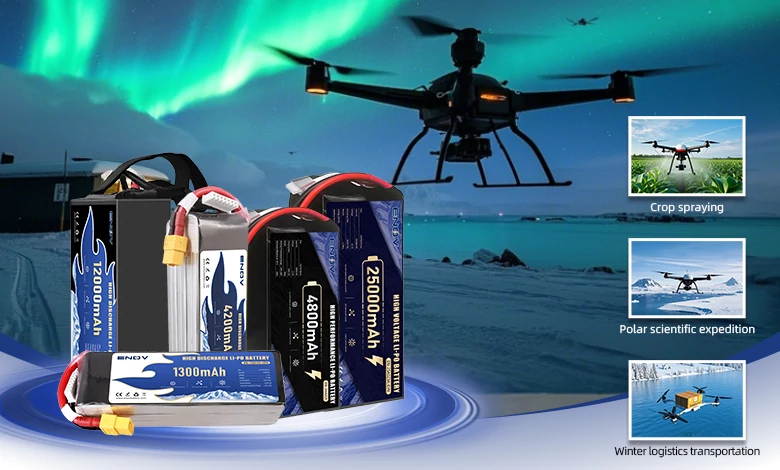
UAV DRONE battery
Enov UAV battery has the most advanced UAV battery new technology, it has a lightweight structural design, ultra-high energy density, stable continuous discharge, customized ultra-high instantaneous discharge, wide temperature working range, stable charge and discharge, battery materials can choose high nickel terpolymer positive/silicon carbon negative material system combined with semi-solid battery technology. Or choose a more mature application of more UAV lithium battery technology, available UAV battery nominal voltage 3.7V, capacity 18.0Ah ~ 30.0Ah, support 10C continuous discharge and 120C pulse discharge (3 seconds). With ultra-high energy density (220-300Wh/kg) as its core advantage, Enov UAV batteries can meet the needs of long-term endurance scenarios such as plant protection drones and transport drones, while maintaining stable emission performance in extremely low temperature environments (-40℃).
Other products
START-STOP LITHIUM BATTERY
LITHIUM ENERGY STORAGE BATTERY
QUICK INQUIRY
FAQ
Access to high frequency technical questions with one click, get accurate answers on product application, after-sales policy and customization process.
Service and Support
Get the latest product specifications, explore professional OEM/ODM customization services, click to open exclusive technical support and production solutions.
Become a Partner
We sincerely invite resources to interconnect, work together for win-win development, and immediately open a new chapter of strategic cooperation!
